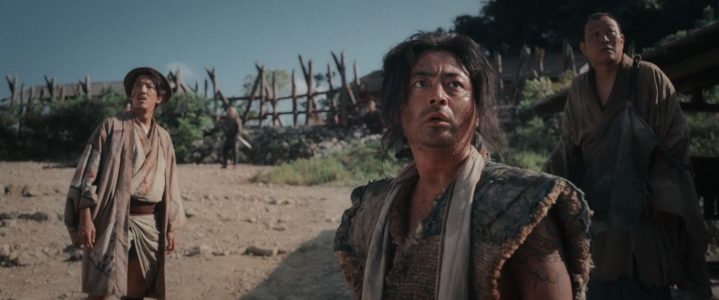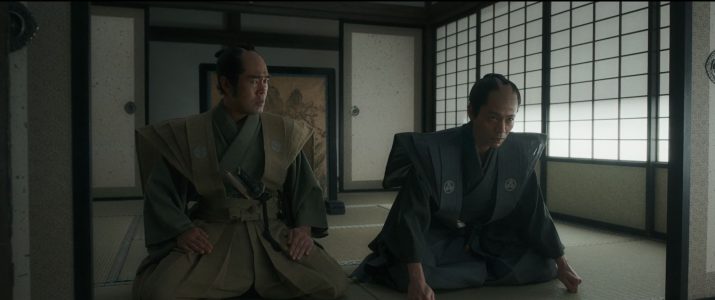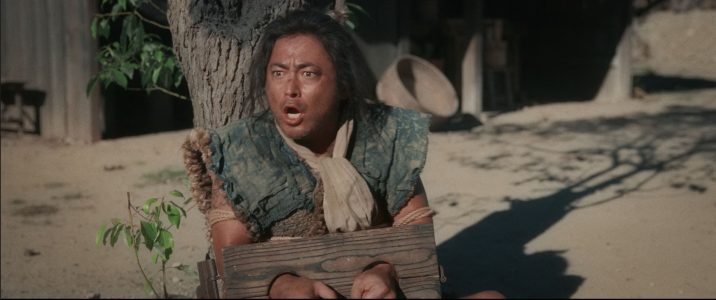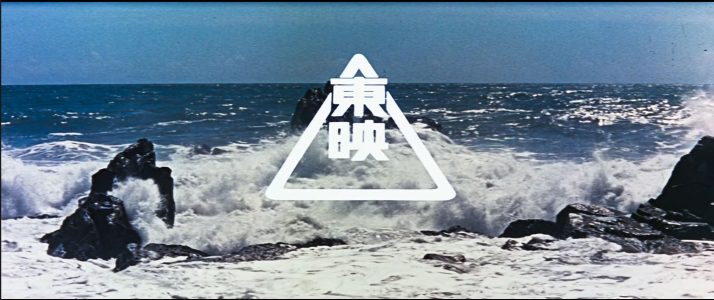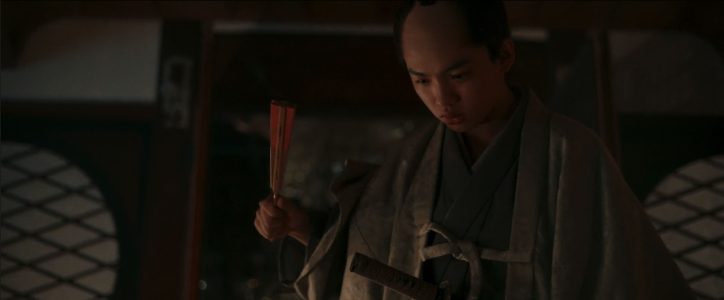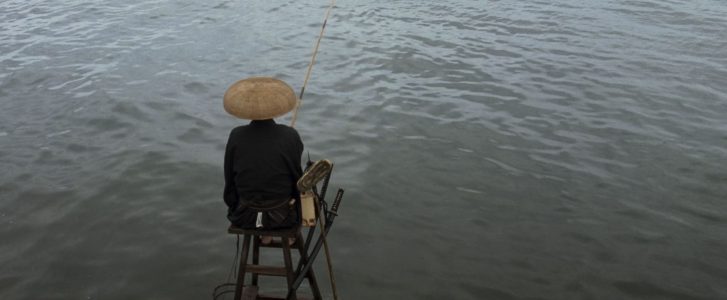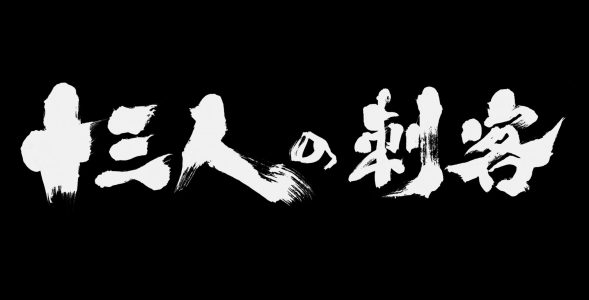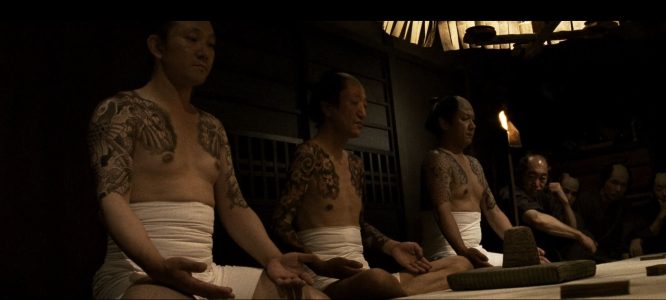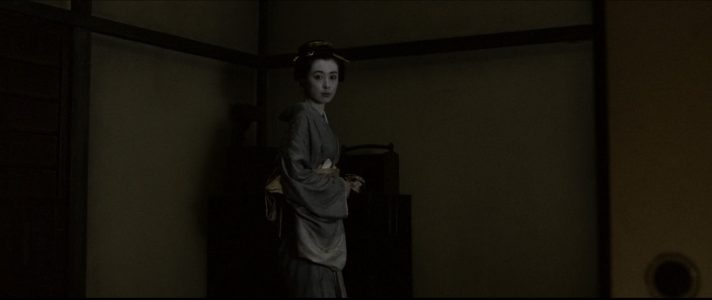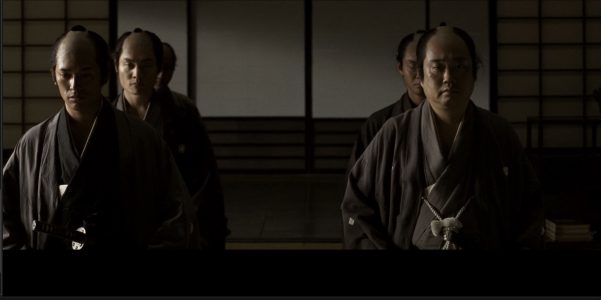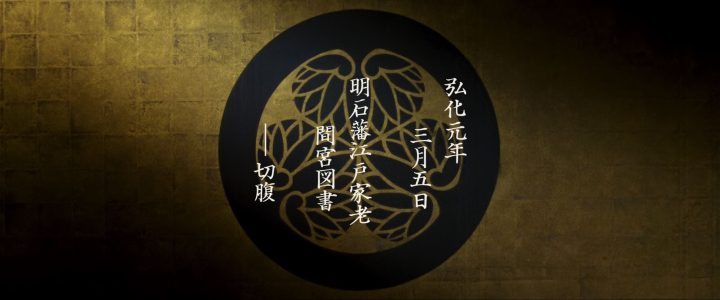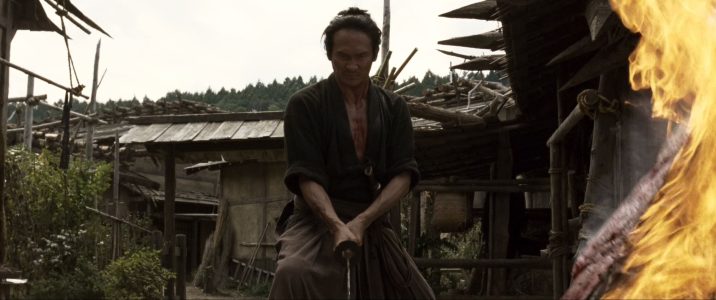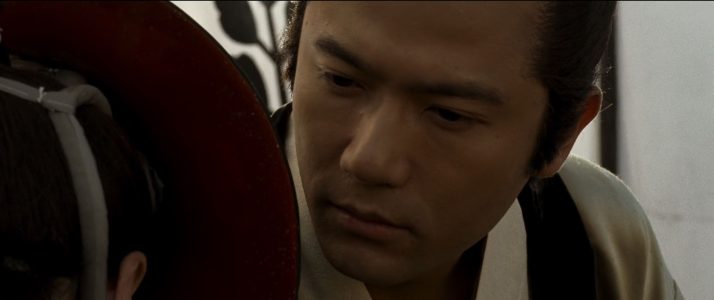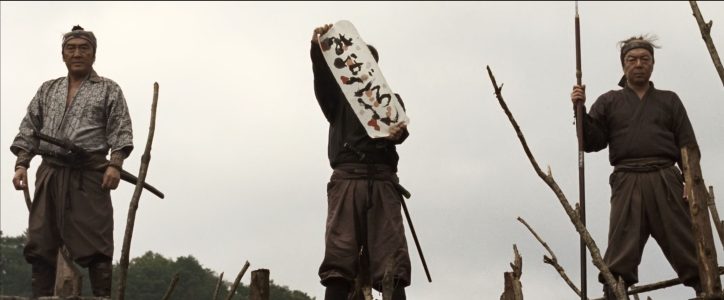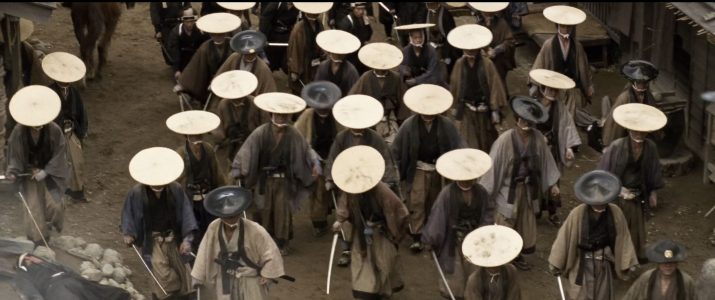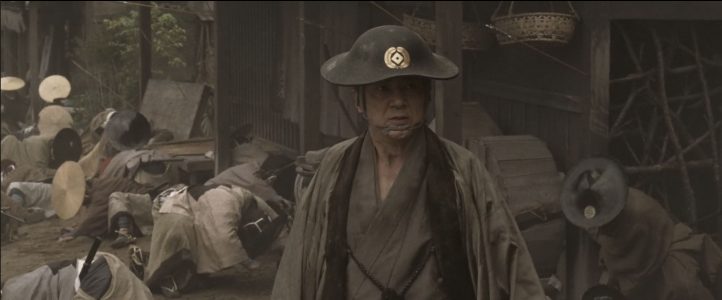In the span of fourteen years, two Japanese films—Takashi Miike’s 13 Assassins (2010) and Kazuya Shiraishi’s 11 Rebels (2024)—have resurrected dormant scripts from the 1960s, not merely as tributes to a golden age of jidaigeki (period drama) and chanbara (samurai cinema), but as cinematic diagnostics of Japan’s political condition across two epochs of crisis. These works do not merely look backwards; they excavate the still-smouldering remains of the Japanese state’s feudal logic, refracted through moments of imperial decline, both in the Tokugawa period they portray and in the global order in which they are now received. The films are not escapist. They are not nostalgic; rather, they are deeply historical.
13 Assassins, a remake of Eiichi Kudo’s 1963 film of the same name, re-stages the violence of the late Edo period, when a small band of samurai orchestrate the assassination of Lord Naritsugu, a sadistic noble protected by political inertia. Miike’s film adheres structurally to the classical samurai epic, invoking Kurosawa in its moral geometry and in its use of landscape as narrative. Yet Miike overlays this frame with a choreography of disintegration. The aesthetic is austere but volatile: muted earth tones dominate the palette, while the cinematography by Nobuyasu Kita often frames bodies in tension with their environment—figures caught between vertical lines of bamboo or silhouetted against engulfing fog. Honour is retained not through loyalty to the sovereign but in defiance of him. The climactic battle, lasting nearly 45 minutes, is not an apotheosis but a collapse—of order, meaning, and the possibility of just rule. The assassins are victorious only in their own annihilation.
By contrast, 11 Rebels, based on a 1964 unfilmed script by Kazuo Kasahara and finally realized by Shiraishi, is less a reanimation than a long-overdue emergence. Set during the Boshin War, the film follows eleven convicts conscripted to defend a remote outpost by a feudal lord who has no intention of honouring their lives. Where 13 Assassins retains a faint trace of heroic purpose, 11 Rebels eschews it entirely. These are not warriors but disposable instruments, caught in a geopolitical transition that offers neither redemption nor coherence. Shiraishi refuses catharsis. His camera dwells in the mud, in the wounds, in the fragmentation of collective purpose. The visual language is deliberately unromantic: desaturated hues, handheld sequences, and unflinching close-ups of exhaustion and injury create a texture of attrition. It is not Kurosawa who hovers over the film, but Kobayashi—specifically the pessimism of Samurai Rebellion (1967) and the political despair of Kwaidan (1964), both of which render resistance futile but necessary.
What binds the two films is their origin in the 1960s—a moment of unrest in Japan, when student movements, the Anpo protests, and the accelerated growth of consumer capitalism brought about a deep suspicion toward authority, hierarchy, and historical myth. That both scripts found (or regained) life in the 21st century suggests a return of that suspicion, recharged by Japan’s current entrapment between an unreliable American security umbrella and the inexorable expansion of Chinese influence.
See Foreign Relations of the United States, 1951, Asia and the Pacific, Volume VI, Part 1, Chapter 7, Subchapter 1 for an in-depth examination of U.S.-Japan treaty negotiations and security arrangements that shaped Japan’s postwar geopolitical position during the early Cold War.
The early 1960s mark a turning point in postwar Japanese foreign policy. Still under the long shadow of the 1951 US-Japan Security Treaty, Japan found itself both dependent on and wary of American military power. The renewal of the treaty in 1960 (amid mass street protests) underscored Japan’s lack of autonomous strategic posture in the Cold War order. Meanwhile, the People’s Republic of China, though diplomatically isolated at the time, increasingly occupied the imagination of Japan’s leftist movements as both a revolutionary counterpart and a looming regional force. What communism represented in the 1960s—an ideological and strategic alternative to American hegemony—China now embodies as a geopolitical and economic reality. The historical scripts of Miike and Shiraishi gain resonance precisely because they were conceived at a time when Japan’s place in Asia was being redefined, and are now reanimated in an era where that redefinition demands urgent reappraisal.
These films are, in effect, allegories of abandonment. The ronin—masterless, directionless, yet not without conviction—reappear in Miike and Shiraishi not as symbols of freedom but as avatars of political orphaning. This reimagining, deeply rooted in the chanbara tradition, evokes the samurai’s existential struggle in a world without masters, where the withdrawal of imperial order, whether Tokugawan or American, leaves behind a void. Into that void steps violence: structured, desperate, momentarily purposeful, yet ultimately tragic. As in the classic chanbara films of the past, the sword is not merely a weapon but a tool for confronting the moral and existential chaos of an unmoored society, where the once-glorious codes of honour dissolve into the brutality of the present.
13 Assassins and 11 Rebels thus belong not merely to a national cinematic tradition but to a transnational mood. They resonate with works like Robert Aldrich’s The Dirty Dozen (1967), with its nihilistic militarism and anti-authoritarian ensemble, and Gareth Edwards’ Rogue One (2016), whose visual bleakness and narrative fatalism recast rebellion as attrition. In each case, the suicide mission becomes the last available moral act—an act that does not affirm heroism but interrogates its conditions. These films invert the logic of glory: their protagonists are not tragic because they fail, but because the structure they inhabit was already doomed.
I discuss Rogue One and Shakespeare's Macbeth as tragedy in this post titled: Cassian Andor and the Shakespearean Tragic: Macbeth in a Galaxy Far, Far Away.
These are not revisionist samurai films. They are political acts disguised in the trappings of genre. They treat the past as an open wound and the future as an absence, refusing both reconciliation and closure. Their aesthetic is not one of resolution but of rupture—mud-soaked realism, fragmented framing, and sonic sparseness that reject the elegance of the classical jidaigeki form. Space is no longer ordered but chaotic; bodies no longer noble but spent. Some scenes are quite disturbing even to a seasoned viewer such as myself. In this visual and moral disarray, tradition collapses under the weight of its own contradictions. In so doing, they compel us to ask not only what honour meant, but whether it remains legible at all—whether it can still be seen or felt—in a world where the lords have gone silent, the codes no longer bind, and the empire—however defined—no longer replies.
I would note that these moments mirror our own, as today’s elites have abandoned any pretence of virtue or honour, much like the feudal structures were abandoned under the Tokugawa. The collapse of the Tokugawa shogunate and the fall of the Qing dynasty in China within a generation were, in no small part, precipitated by Western intervention, an external force that destabilized longstanding political orders and disrupted the balance of power. This discussion of Western influence in the disintegration of these societies is particularly timely, as it underscores the historical pattern of external actors exploiting vulnerabilities, leading to the erosion of sovereignty and the eventual unraveling of traditional systems. The ongoing failure of such systems, both then and now, speaks to the destructive consequences of imperialism and the fragility of power in the face of global forces.
This is especially relevant in terms of American replacement of French power in former colonial Indochina and the decades long involvement in VietNam. America was already knee-deep in the region not only through the occupation of Japan but also working with the French post-battle of Dien Bien Phu.
The political resonance of these films, then, lies not only in their historical allegories but in their ability to capture the existential unease that permeates Japan’s modern experience. The return of the ronin in these cinematic works becomes a symbolic gesture of Japan’s own abandonment, trapped between an unreliable American protectorate and the inexorable rise of China. This liminal space, a place of historical memory, ideological fragmentation, and geopolitical uncertainty, invites us to reconsider the notion of honour and duty in a world where the past remains unresolved and the future seems increasingly opaque. The films thus become more than historical recreations; they are acts of political commentary, offering us a view of a nation caught between the ghosts of its past and the shifting realities of its present and future.


